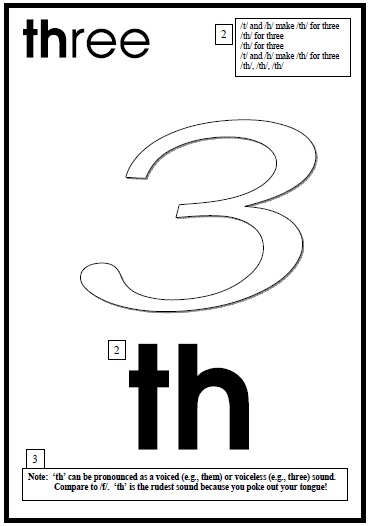Below is a sample of the Grapheme & Picture section of the Cracking the ABC Code Multisensory Reading Level 2 Program
This section is the key to the success of the programme. One grapheme (a letter or combination of letters) is introduced each week. Each grapheme is linked to a key word and an accompanying picture to assist in retention and recall. At this level graphemes are introduced one at a time as many students, especially those experiencing difficulty with learning to read, find that when the multiple ways that a phoneme (sound) can be represented are introduced at the same time it causes cognitive overload and then nothing is learned particularly effectively.Note: Teach and encourage the student to use the following strategy when trying to work out the spelling of unfamiliar words. Say the sounds in the word (e.g. sheet = sh-ee-t). Ask: What makes the /sh/ sound? Answer: /s/ and /h/ as in ship. Write it down. Ask: What makes the /ee/ sound? Answer: /e/ and /e/ as in tree. Write it down. What is the last sound? Answer: /t/. Write it down.
(If student answers, “/e/ and /a/ make /ee/ as in leaf,” say, “Yes, that’s correct. What else makes the /ee/sound?
1. At the beginning of each session, ask student to trace over each grapheme that has already been learned while saying the sounds of the letters, the phoneme and the accompanying key word (e.g., /s/ and /h/ make /sh/ for ship, /c/ and /h/ make /ch/ for chick, /t/ and /h/ make /th/ for three). It is very important that students say the letter sounds /t/ and /h/ and NOT the letter names ‘t’ and ‘h’ as this reinforces prior learning and links new learning to previous knowledge which enhances retention of the information (see Sjöström, Rancz, Roth & Hausser, 2008 for a discussion of the research in this area).
2. Each day, the student practises the grapheme currently being learned using the following clapping pattern and an appropriate action (e.g., /ch/ for chick – make a beak using one hand, /th/ for three – hold up 3 fingers, /ie/ for kite – make the shape of a kite by joining the thumb and pointer finger of each hand, etc). The inclusion of the clapping pattern is a key component of the learning process as the research indicates that movement enhances learning (see for example, Cook, Yip, & Goldin-Meadow, 2010).
/t/ and /h/ make /th/ for three
[slap] [clap] [slap] [clap] [slap] [clap] [put up 3 fingers]
/th/ for three
[slap] [clap] [put up 3 fingers]
/th/ for three
[slap] [clap] [put up 3 fingers]
/t/ and /h/ make /th/ for three
[slap] [clap] [slap] [clap] [slap] [clap] [put up 3 fingers]
/th/ /th/ /th/
[slap] [clap] [slap]
3. When introducing the sound, discuss other information provided on the page. This provides students with orthographic knowledge which assists in them becoming proficient readers and spellers (see Holmes & Quinn, 2009).
References
Cook, S., Yip, T., & Goldin-Meadow, S., (2010). Gesturing makes memories that last, Journal of Memory and Language, 63 (4), 465-475.
Sjöström, P., Rancz, E., Roth, & Hausser, M. (2008). Dendritic excitability and synaptic plasticity. Physiological Reviews, 88, 769-840.

If you have any questions or would like to discuss your child or student’s particular literacy problem, please contact Lillian.



